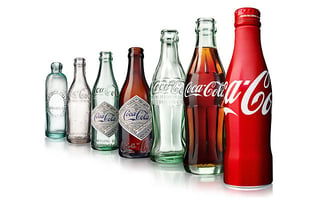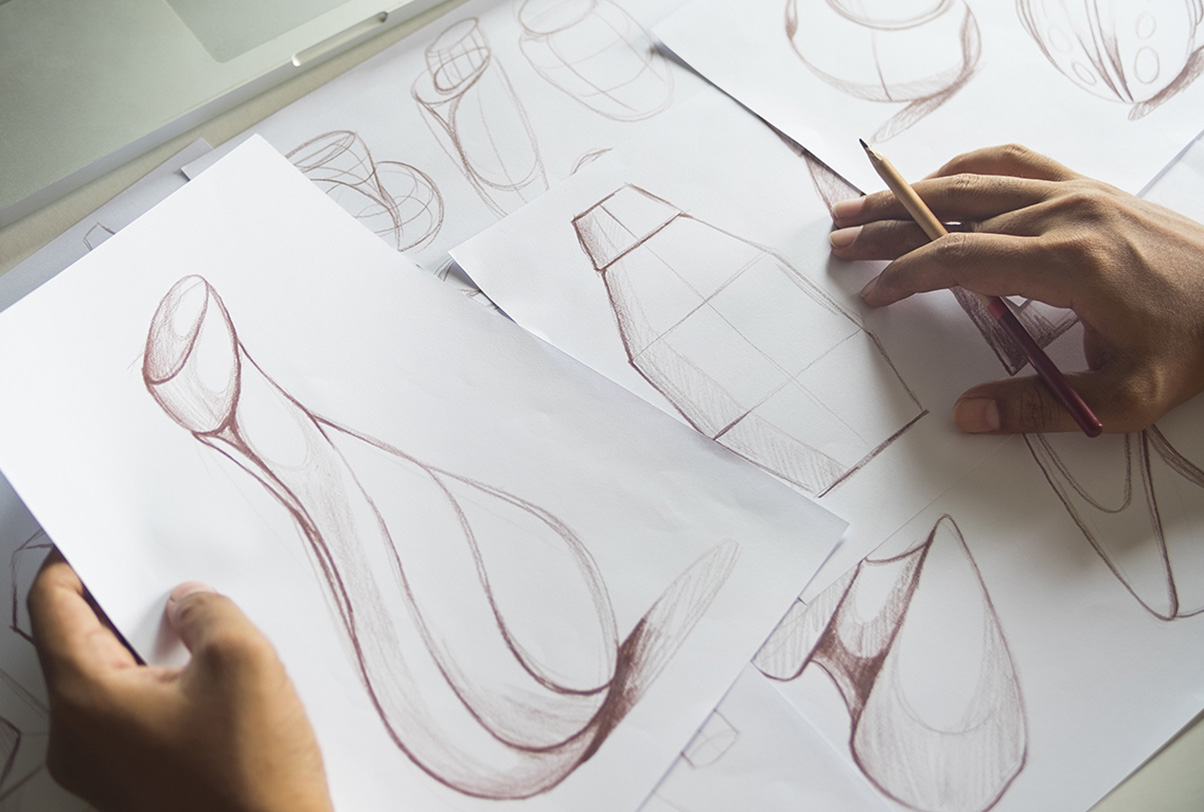Many brands struggle with knowing how far to take a redesign. Should they play it safe by making only slight modifications, or should they go all-in for a truly dramatic change? Most brand managers will opt for minor revisions for fear of making a career-limiting mistake. Based on my observations across client initiatives, this is one of the central reasons why so many redesigns fail when they reach the final validation phase; marginal design changes take on the risk of reduced findability with little hope for improvement in other areas.
Exploring both evolutionary and revolutionary design changes

So how does a brand manager know how far to push the brand when redesigning? It all comes back to design process. The reason why people struggle with this question is that their early-stage design process relies on subjective opinion and questionable qualitative guidance when the really big decisions on design route are being made. This common process makes design direction decisions really uncomfortable and leads to brand owners and agencies narrowing the range of routes considered.
But a fresh look at the process can enable sound quantitative market testing early in the process. This approach renders the evolution vs. revolution question as a false choice. Now you can evaluate a broad range of approaches—from evolutionary to revolutionary—and see how the market reacts. Early-stage range testing completely changes the dynamics of the design process and dramatically reduces risk of failure while maximizing the upside potential.
The most exciting part of this slight change in process is that it completely reorients the exploration phase from a stressful and subjective risk-weighing exercise to an adventure in experimentation. In this new orientation, failures are just as valuable as successes in discovering the optimal way forward.
Early-stage quantitative testing like that of Nielsen's Design Navigator solution is specifically designed to enable such experimentation. By testing a range of designs from evolutionary to revolutionary for their consumer response, you can discover the brand's breaking points. Most clients are surprised to find that designs judged to be risky internally are actually what consumers would prefer.
“The most exciting part of this slight change in process is that it completely reorients the exploration phase from a stressful and subjective risk-weighing exercise to an adventure in experimentation.”
Supercharging your experiments
To make the best use of creative exploration, it helps to have a clear understanding of your current design's strengths and weaknesses—including design-driven perceptions, and the ability to get and hold new buyer attention while still remaining findable for current brand users. These insights put the creative exploration space into much sharper focus.
Nonetheless, the CPG industry has historically struggled to glean useful diagnostic insights prior to beginning the design exploration phase. There simply has not been an effective and affordable solution for tracking brand and category design effectiveness. This metrics gap in brand management is why Designalytics was founded.




